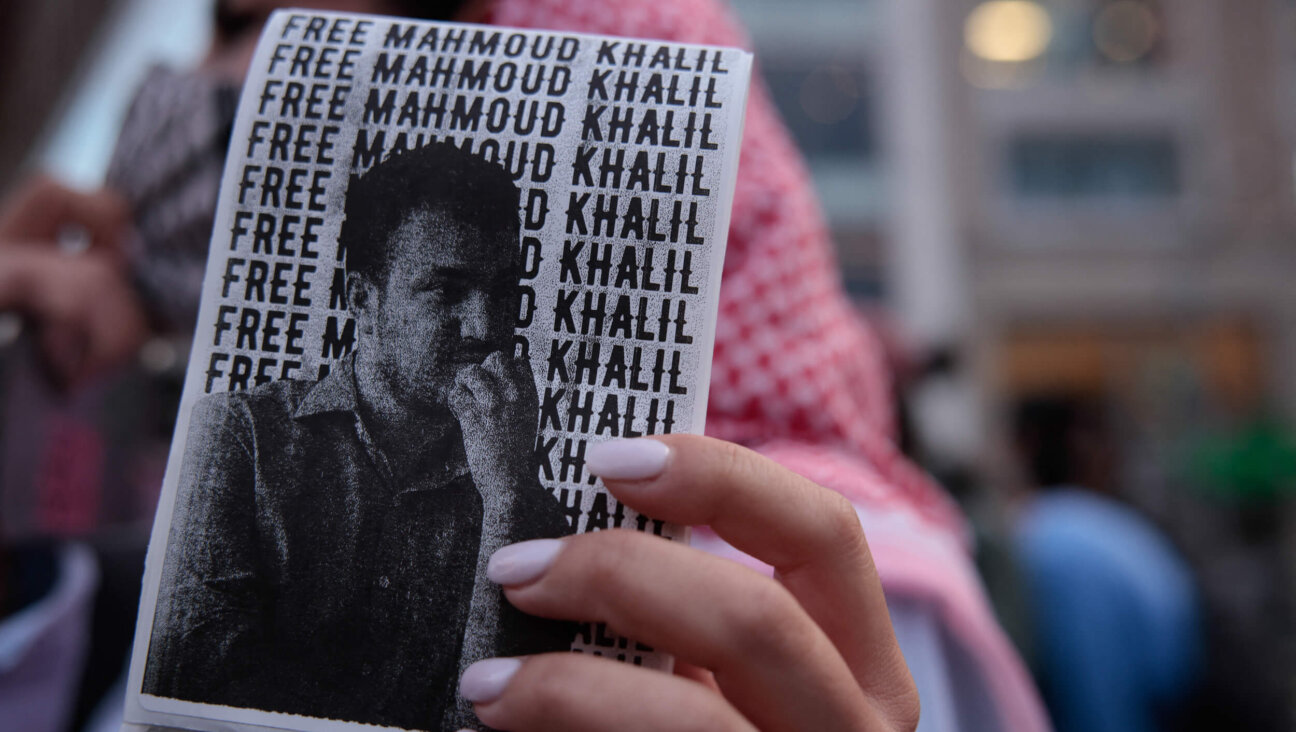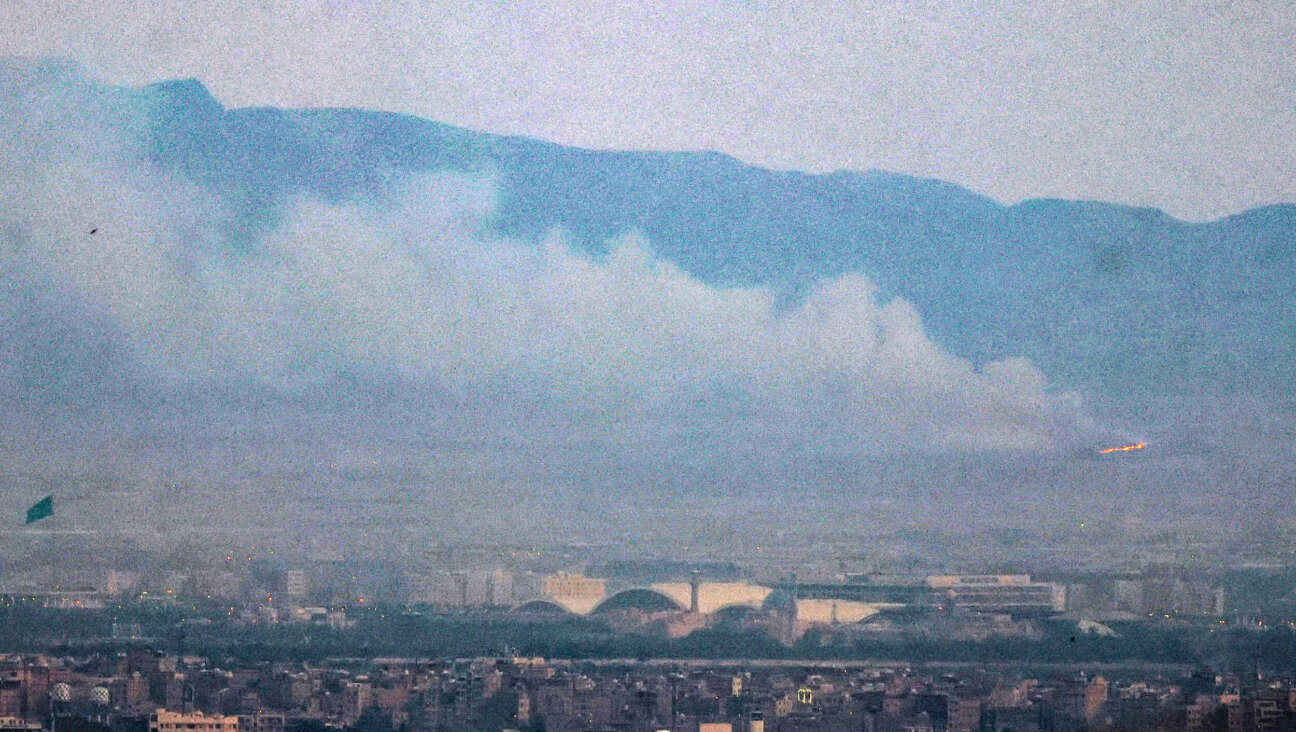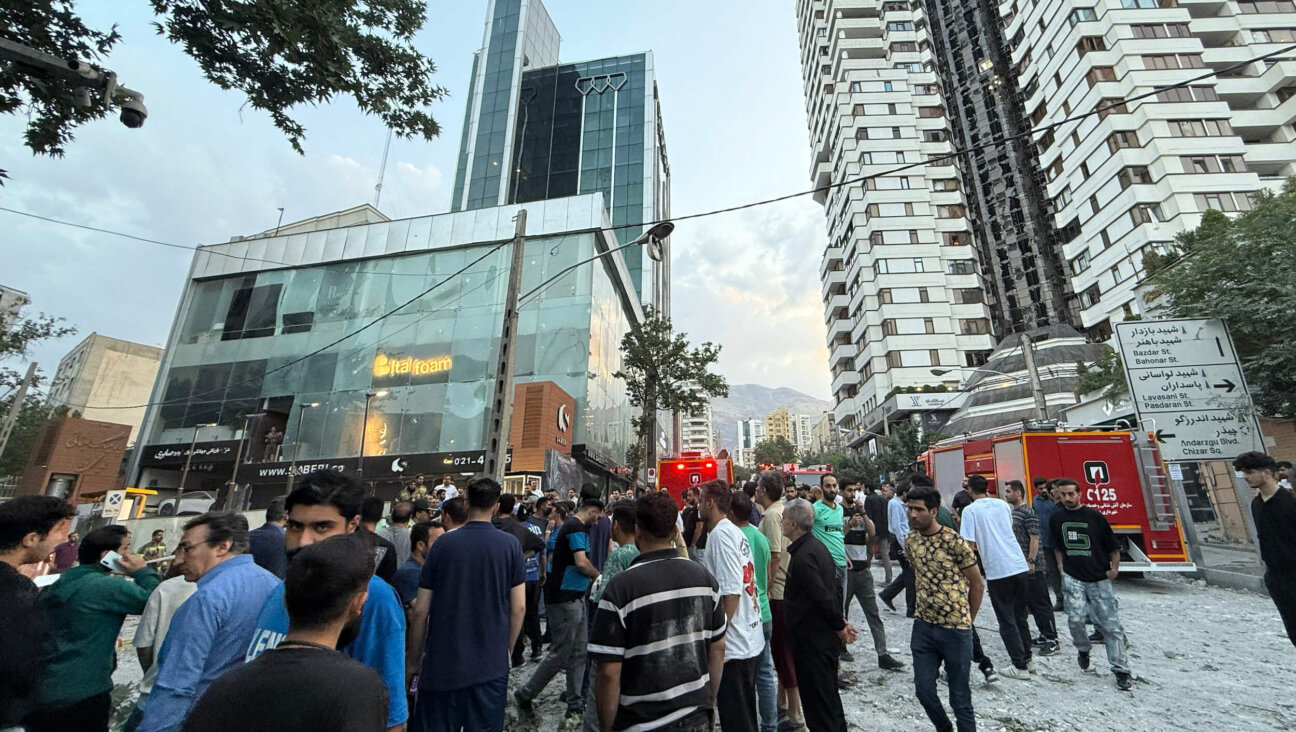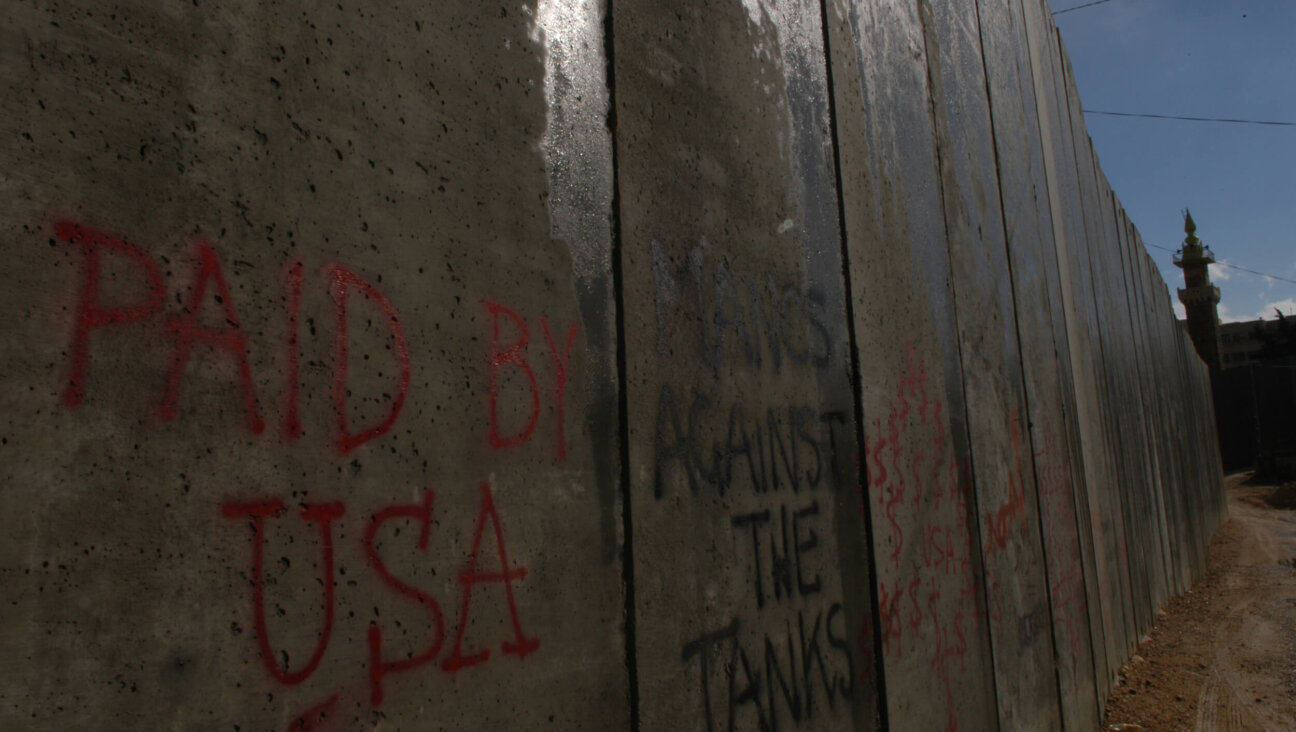Israel Is Using Archeology To Erase Non-Jewish History

A picture taken on March 27, 2019 shows weight stones that were part of an ancient olive press at the site of the remains of a Jewish village from the Hasmonean period (approximately 2000-years-old), which are currently being uncovered by the Israel Antiquities Authority (IAA), in the Sharafat neighborhood of Jerusalem. (Photo by MENAHEM KAHANA / AFP) (Photo credit should read MENAHEM KAHANA/AFP/Getty Images) Image by Getty Images
Every Jerusalem Day, thousands of people descend on Jerusalem, waving flags as they march through the Old City in what is known as the “flag parade” to celebrate the Six-Day war victory in Jerusalem. Dancing through the streets of the Muslim Quarter, the crowd, a large proportion of whom are Yeshiva students, are often heard chanting racist slogans as they make their way to the Western Wall. This display of raw nationalist muscle is an annual reminder to the Muslim and Christian residents of the Old City of who is boss.
As objectionable as it is, the flag parade lasts one day. Assuming that the day passes without igniting uncontainable conflict, the next day the city returns to itself and the Muslim Quarter recovers its Arab identity.
But something far more structural and long-lasting is transforming Jerusalem’s character from a multicultural historic city to a place where only a single narrative is allowed to thrive. This transformation is taking place in and around the city’s ancient sites which, over the past 20 years, have been relegated a central role in determining who has exclusive rights to the city.
This is true for both sides in the conflict. For the Israeli right, the antiquities of Jerusalem, in the words of Culture Minister Miri Regev, ”bring the bible to life and bolster the best ‘Kushan’” — title deed — “we have.” Her government has been advancing an ambitious excavation and tourism development program.
And the Palestinians, for their part, are often heard denying the very existence of the Temple. A construction project led by the Islamic Waqf on the Holy Esplanade in the late nineteen-nineties caused untold destruction to antiquities.
The fact that both sides engage in archaeological warfare doesn’t mean the playing field is level. Israel controls the Historic Basin and the quantity of ancient sites under its auspices give it the capacity to shape the historic city.
Moreover, archaeology in Israel has always been linked to the project of nation building. The historian Amos Elon once commented that Israeli archaeologists do not only dig for knowledge and objects, but for a reassurance of their roots.
But in Jerusalem one person’s evidence of their roots becomes proof of another’s status as an illegitimate trespasser.
The exploitation of archaeology in Jerusalem has been spearheaded by the Elad Foundation, a group of settlers turned archaeology entrepreneurs, who are using ancient sites to take over land and shape the historical narrative. Elad, which emerged 30 years ago with a mission to settle Jews in Palestinian homes in the neighborhood of Silwan, manages the popular archaeological park, the City of David.
Visitors to the site are treated to a heavily biblical narrative where discoveries that resonate with the story of King David or the Kingdom of Judea are highlighted. The fact the archaeological archeologists dispute the evidence of a kingdom in the 10th century BCE often goes unmentioned.
Furthermore, not many of the half a million people who visit the park annually know about life in the Palestinian neighborhood since Elad arrived on the scene. They will probably never hear about how Elad took over 75 homes in the neighborhood, or closed off virtually the last of the public areas used by the residents and annexed it to the archaeological park.
With an annual budget of approximately 100 million shekels, the Elad Foundation now commands several excavation projects in the City of David, including tunnels along an ancient Roman street, which it is marketing as a Second Temple era pilgrims’ route to the Temple. It has recently branched out to establish new projects within the Old City and in other areas throughout the Historic Basin.
But Elad couldn’t have done it on their own. If at first they were greeted with mistrust by the authorities in the 1990s, today they have an open door to many government agencies and ministries. From the Israel Antiquities Authority, which is in charge of most of the excavations at the City of David, and the Nature and Parks Authority, which subcontracted Elad to run the site, to the minister of tourism, who is aggressively advancing a cable car to link West Jerusalem to the City of David, to the mayor of Jerusalem, the government and all the relevant agencies are committed to the project of shaping a large tourist zone dedicated to the First and Second Temple periods.
In the Western Wall Tunnels, a similar approach is used by the Western Wall Heritage Foundation, a governmental body which runs the site. Here too, visitors are funneled into a homogenous archaeological zone where remains from periods not associated with a Jewish past mostly go unmentioned.
Take for example, Khan Daraj al-‘Eyn, a 14th Century Mamluk bathhouse. Today it houses an exhibition on Jewish ancestry and an events hall. There is no sign alerting the visitor that it is a Mamluk structure, or that it was built by the governor of Damascus, Sayf al-Din Tankaz, who was responsible for some of the more impressive buildings of the time.
Jerusalem’s history is as varied as it is long. While there is no doubt that there is a wealth of finds to excite one’s sense of Jewish continuity, there are many layers to this city which appeal to a variety of cultural and religious communities. Claiming exclusive ownership based on archaeological finds is not a reflection of archaeological discoveries but an act of story-telling where large pieces of history are edited out.
This selective view of the city’s past is what allows thousands of national-religious flag wavers to dance through the Muslim Quarter imagining that the Muslims and Christians are a fleeting disturbance in a story dominated by Jewish belonging. It is also what will make it harder to imagine sharing sovereignty over the city.
Preserving Jerusalem’s multicultural heritage and safeguarding its future for all its residents is not just a concern for liberals. In the case of Jerusalem, it is about saving the city as we know it.
Talya Ezrahi and Yonathan Mizrachi work for Emek Shaveh, an Israeli NGO working to protect Jerusalem’s ancient sites as shared heritage sites, and to challenge those who use antiquities to dispossess others of their land and narrative.
















